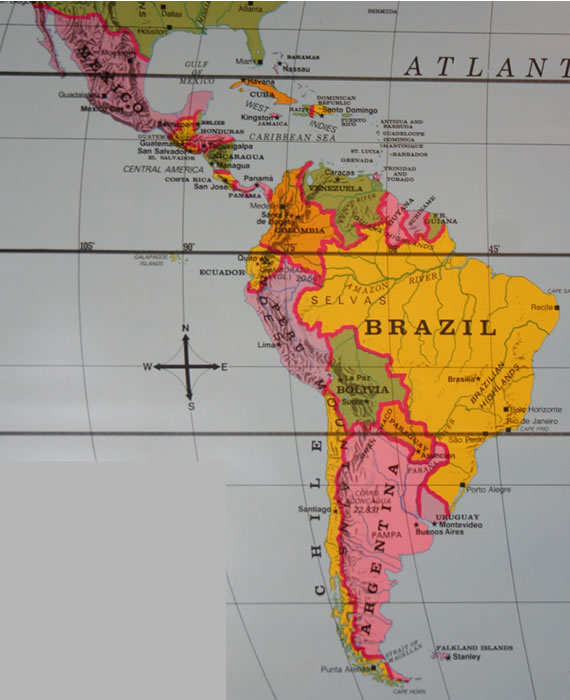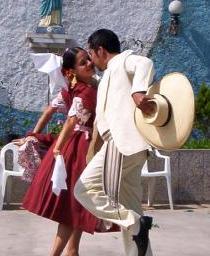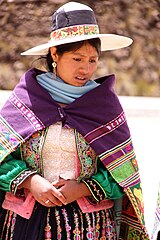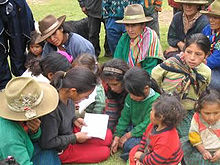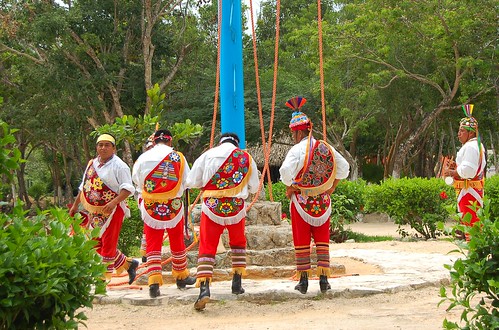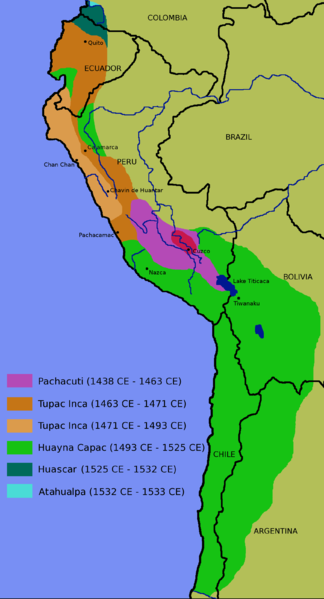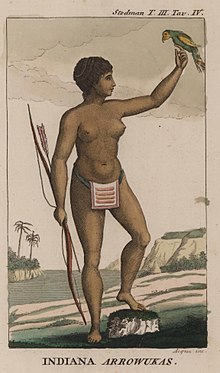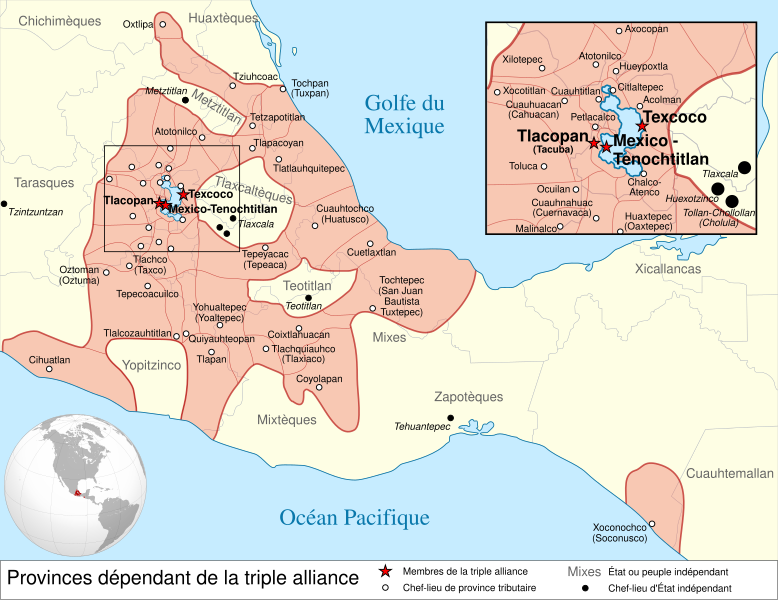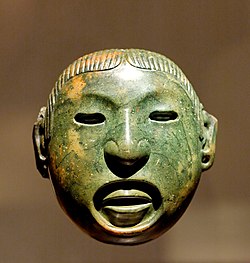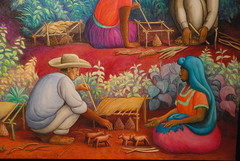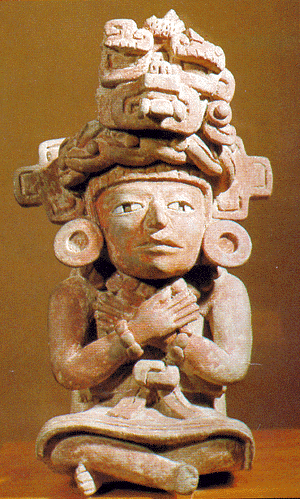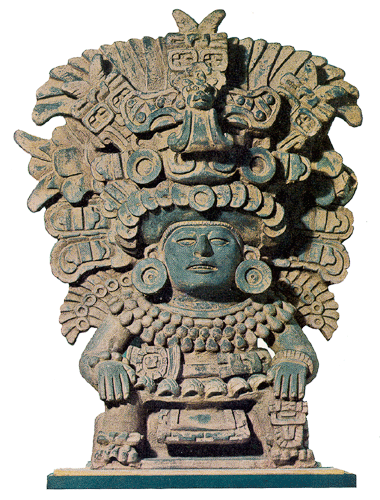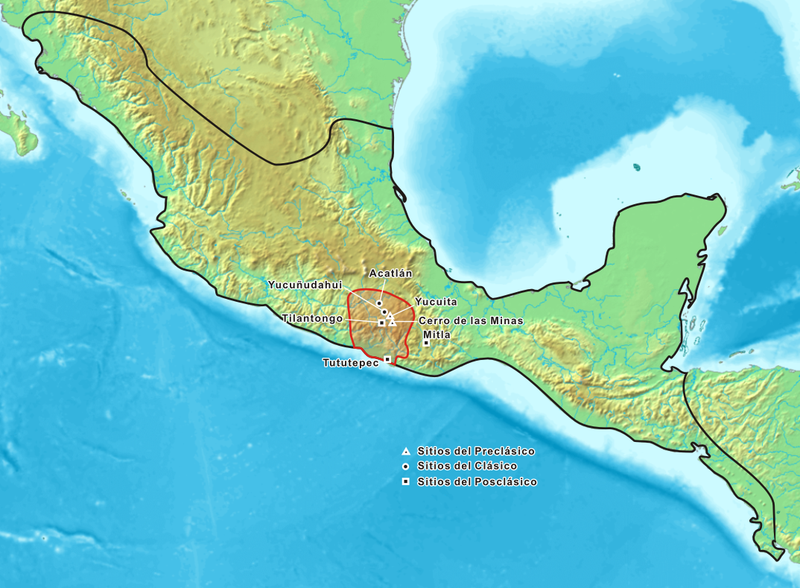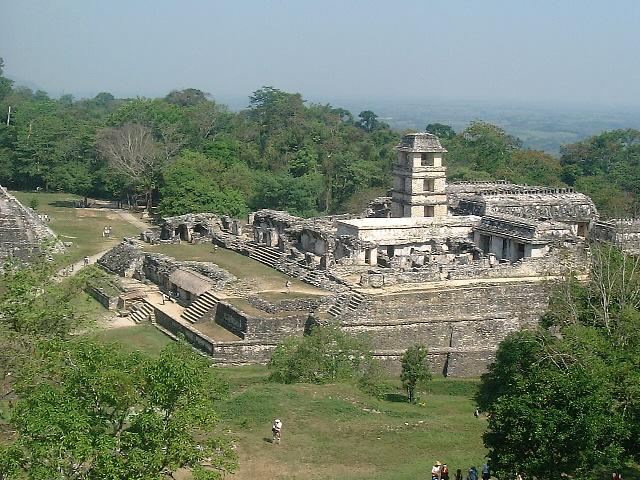Salsa
Salsa is based on Cuban music in rhythm, tempo,bass line, riffs and instrumentation.It is perhaps the most familiar genre for non-Latin American listeners. It is popular across the globe, and it is slowly incorporating other musical styles including rock, jazz, and other Latin American musical traditions to create more variation from the original Salsa.
Cumbia
Cumbia music was originated from panama as a type of folk music, and later this genre of music became the Columbian national music. Cumbia was first started as a slow dance by the slaves and natives of Colombia. Contemporary Cumbia music frequently expresses the distress of the African slaves. The music is played mainly by drums and indigenous flutes.
Cha-cha-chaCumbia music was originated from panama as a type of folk music, and later this genre of music became the Columbian national music. Cumbia was first started as a slow dance by the slaves and natives of Colombia. Contemporary Cumbia music frequently expresses the distress of the African slaves. The music is played mainly by drums and indigenous flutes.
Bolero
Bolero was emerged from the 19th century from an old Spanish dance. This type of music is often slow in tempo and romantic in theme. Therefore, it is categorized as a balladic style of music. The music was originated from Cuba, but later has became popular around the Caribbean area, and finally taking root in the surrounding islands and Mexico.
Cha-cha-cha is considered a Cuban music genre. It is popular not only in Cuba,but Mexico and some of the states in the USA. Cha-cha-cha is considered a dance music genre is almost completely accompanied with some sort of dance. The music itself is upbeat, and lively.
Tango
Tango and its accompanying dance was originated from the urban poor of Buenos Aires in the 1890s. Tango is considered a style of ball room dance music, and was originally played by the orquesta tipica, which includes two violins, piano, double bass, and two bandoneons. Tango may be purely instrumental or include a vocalist. Tango is the more popular type of music from Latin America that has penetrated in to a global market, thus is popular global wide.
Tango and its accompanying dance was originated from the urban poor of Buenos Aires in the 1890s. Tango is considered a style of ball room dance music, and was originally played by the orquesta tipica, which includes two violins, piano, double bass, and two bandoneons. Tango may be purely instrumental or include a vocalist. Tango is the more popular type of music from Latin America that has penetrated in to a global market, thus is popular global wide.
Reggaetón
Reggaeton is an urban form of music originated from the Caribbean music. The genre became popular in Puerto Rico, and later spread across the globe. Modern Reggaeton mixs Jamaican musical and elements of the Latin America genres, such as, salsa, Latin hip pop, and electronics along with elements of rapping and singing. Reggaeton is typically in Spanish, and its lyrics tend to be derived from hip pop musicals.
Bachata
Bachata was originated from the Dominican Republics in the early 20th Century. It is popular especially in Latin America and Mediterranean Europe. Bachata is often romantic, and its subjects usually around tales of heartbreak and sadness. Bachata is also known as a form of dance, which is developed from the music.
Andean Music
Andean music was originated by the indigenous people from the Inca Empire prior to the European arrival. The Andean Music includes folklore music of parts of Argentina, Bolivia, Ecuador, Chile, Colombia, Peru and Venezuela. Andean music is popular especially among the indigenous populations in Latin America.
Andean music was originated by the indigenous people from the Inca Empire prior to the European arrival. The Andean Music includes folklore music of parts of Argentina, Bolivia, Ecuador, Chile, Colombia, Peru and Venezuela. Andean music is popular especially among the indigenous populations in Latin America.
Marimba Music
The Marimba music was developed in Guatemala from the diatonic marimba. Contemporary composers have utilized the unique sound of the marimba in to great musics more and more in recent years. Elements of Marimba music is also incorporated to many jazz music for an improved effect.
Reggae
Reggae was originated from Jamaica in the late 1960s, but later became popular in Latin America. The Reggae music is easily recognized by the rhythmic accents on the off beat. Reggae has a strong tempo and an emphasize on its drum effects.
Reggae was originated from Jamaica in the late 1960s, but later became popular in Latin America. The Reggae music is easily recognized by the rhythmic accents on the off beat. Reggae has a strong tempo and an emphasize on its drum effects.
Tejano music
Tejano music is a mixture of various forms of folk and popular music originated from the Mexican-American populations in Texas. The music is often played by instruments such as the flute, guitar and drum. It also includes vocals singing songs that were passed down by the original Mexico natives. This music style has had great influence in Mexico, and other Latin American countries.
Merengue
The Merengue music was originated from the Dominican Republic in the mid-19th century. This type of music is mainly composed of French minuets of the 19th century, with a mix of African salves culture. The African aspect adds new rhythms and an upbeat to the original minuet. The genre is typically played by a combination of guitar, guiro, tambora, and marimba.
Latin ballad
Latin Ballad is fluorinated in the 1960s in Latin America and Spain. It is really difficult to sing Latin Ballad, thus the singers are often recognized as skilled singers. In modern times, this genre became the dominant musical genre of Latin pop.
Mambo
The Mambo music was originated from Cuba and then developed in Mexico. Mambo means "conversation with the gods" in Kikongo, this was the language spoken by the Central African slaves from Cuba. Modern mambo music was born from a song called "Mambo" written in 1938. The music was backed by rhythms derived from African folk music.
Latin Jazz
Latin Jazz is a jazz with Latin American rhythms. It can also be interpretative as jazz from Latin America. However Latin Jazz has a great influence from the Africa culture. There are two main types of Latin Jazz in Latin America, one is Afro-Cuban-jazz, which is often presented in Cuban popular dance music. The other is Afro-Brazilian jazz, which includes bossa nova and jazz samba.
Bossa Nova Brazillian Music
The Bossa Nova is a well-known type of Brazillian music developed in the 1950s. It is a mixture of samba and jazz. The Bossa Nova music is a vital element of the standard jazz repertoire. The name "bossa nove" means New Trend.
Latin Jazz is a jazz with Latin American rhythms. It can also be interpretative as jazz from Latin America. However Latin Jazz has a great influence from the Africa culture. There are two main types of Latin Jazz in Latin America, one is Afro-Cuban-jazz, which is often presented in Cuban popular dance music. The other is Afro-Brazilian jazz, which includes bossa nova and jazz samba.
Mariachi
Mariachi was orginated in the State of Jalisco, Mexico. The music is a mixture of stringed instruments highly influenced by the Western Mexico cultural impacts. The traditional mariachi consist of brass, wind and percussion instruments.
Bossa Nova Brazillian Music
The Bossa Nova is a well-known type of Brazillian music developed in the 1950s. It is a mixture of samba and jazz. The Bossa Nova music is a vital element of the standard jazz repertoire. The name "bossa nove" means New Trend.
Vallenato
Vallenato was originated from the Caribbean coast of Columbia. This type of music represent the heritage of the Columbia's northern region. It also emphasizes the syncretism of the three main instruments used to play the music, the guacharaca, the accordion, and the caja drum. Vallenato is considered a type of folk music, and is preserved and passed on in oral forms. Many of the best Vallenato songs are impossible to be represented by musical notes on papers.


